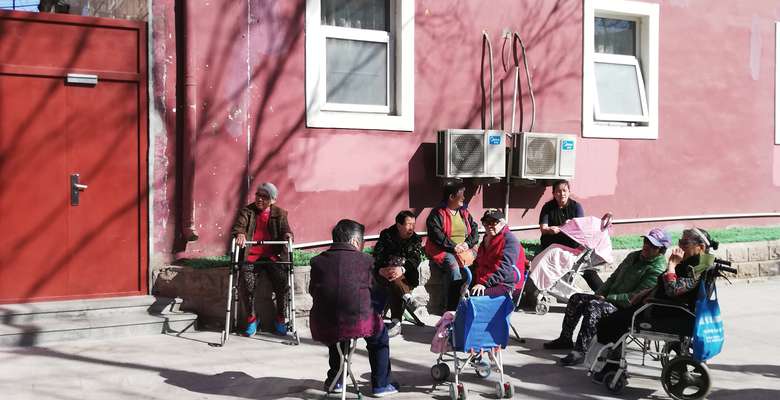Idea by
Beatriz Alés
Call for ideas 2021
Your very much divided attention
Your very much divided attention

- Systemic changes
In the age of buying and selling attention-time, technology companies have invested a lot of resources in techniques that make us unable to leave their applications. However, planning efforts in urban areas go in the opposite direction: citizens are thought to waste little time by making journeys shorter and shorter. This favors productivity in the workplace, productivity in the field of care and reclassifies peri-urban areas. But how does this affect the city?
The multi-production that is expected from us citizens had led urban planners to bring back the hyperproximity, the main characteristic of small cities. Nonetheless, the main goal should not be to achieve more production in a shorter time-span but to encourage citizens to use the public space more, and thus increase interactions and the social benefits of them. Are planners able to change this by designing persuasive public spaces? What does a city look like when citizens like taking 30 minutes to walk 500 meters?
Your very much divided attention
Your very much divided attention

- Systemic changes
In the age of buying and selling attention-time, technology companies have invested a lot of resources in techniques that make us unable to leave their applications. However, planning efforts in urban areas go in the opposite direction: citizens are thought to waste little time by making journeys shorter and shorter. This favors productivity in the workplace, productivity in the field of care and reclassifies peri-urban areas. But how does this affect the city?
The multi-production that is expected from us citizens had led urban planners to bring back the hyperproximity, the main characteristic of small cities. Nonetheless, the main goal should not be to achieve more production in a shorter time-span but to encourage citizens to use the public space more, and thus increase interactions and the social benefits of them. Are planners able to change this by designing persuasive public spaces? What does a city look like when citizens like taking 30 minutes to walk 500 meters?